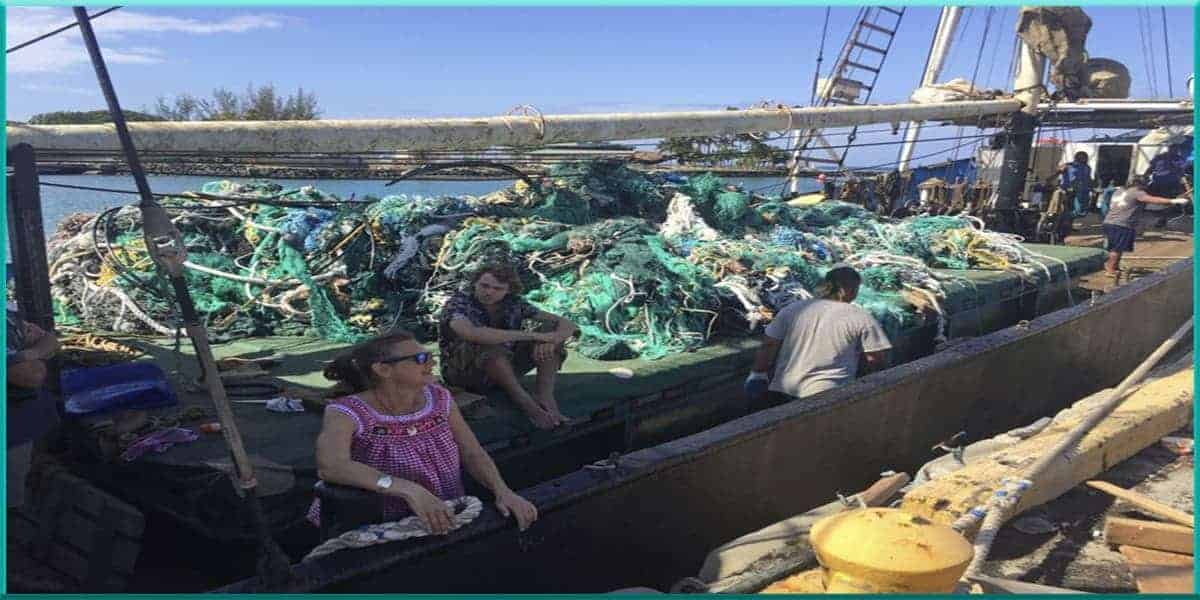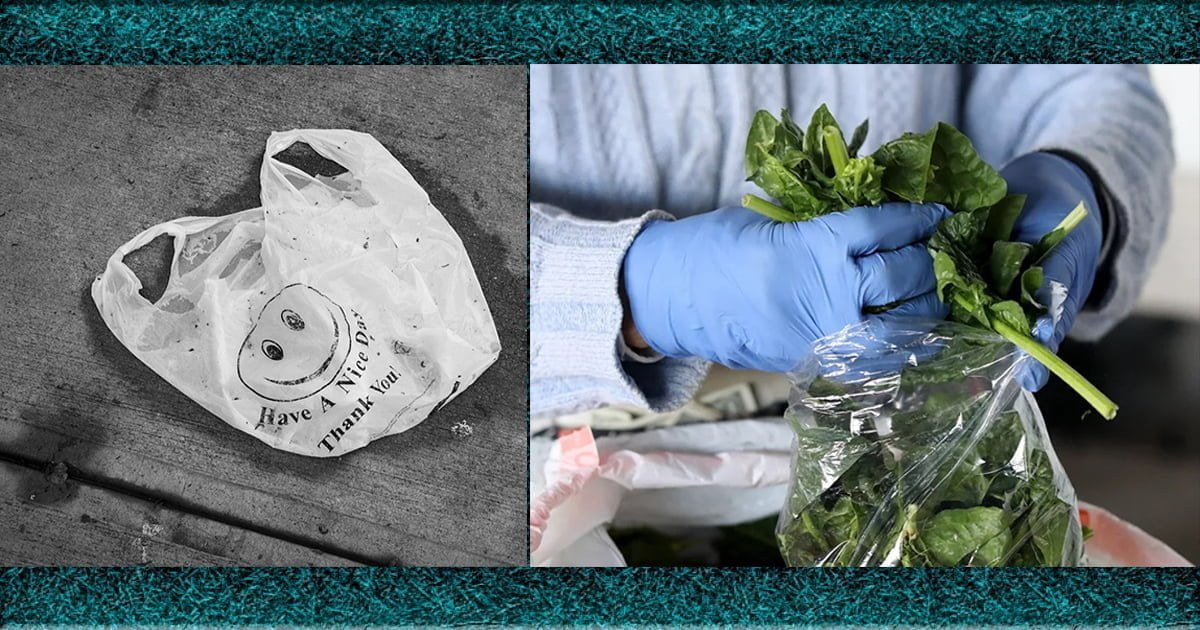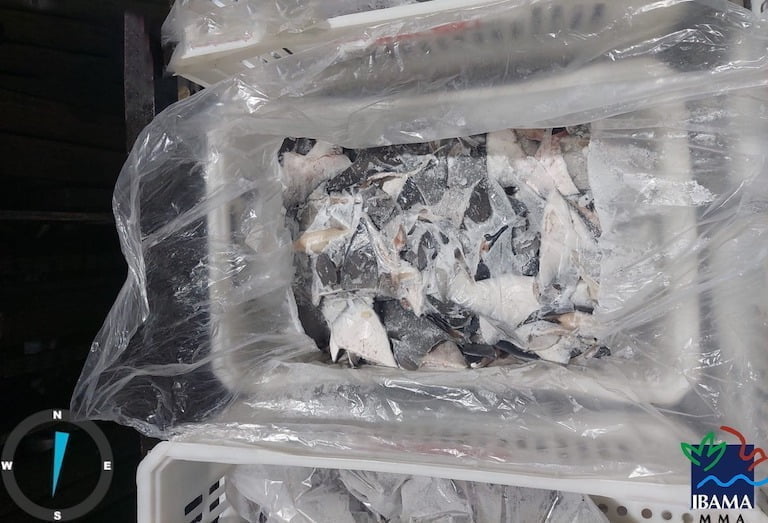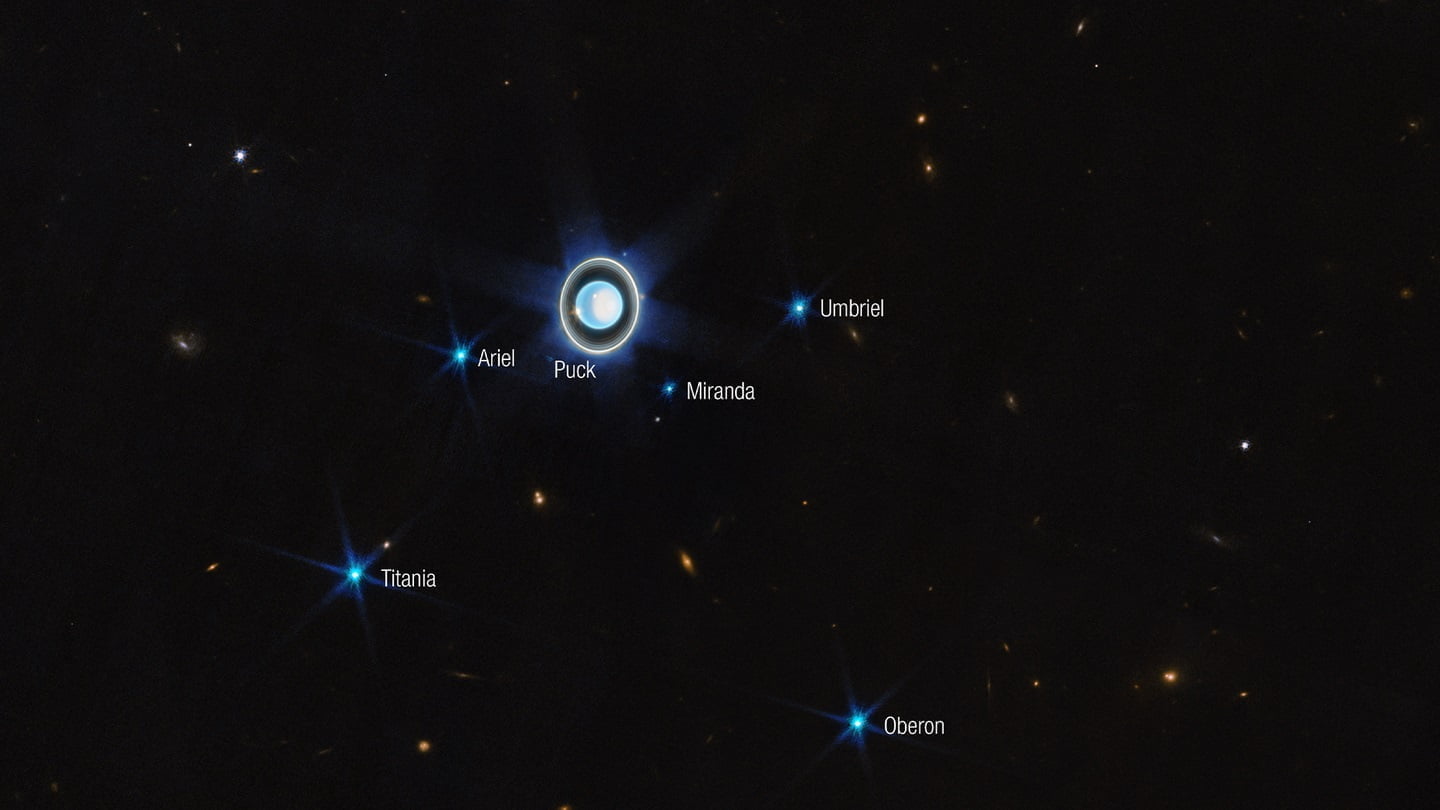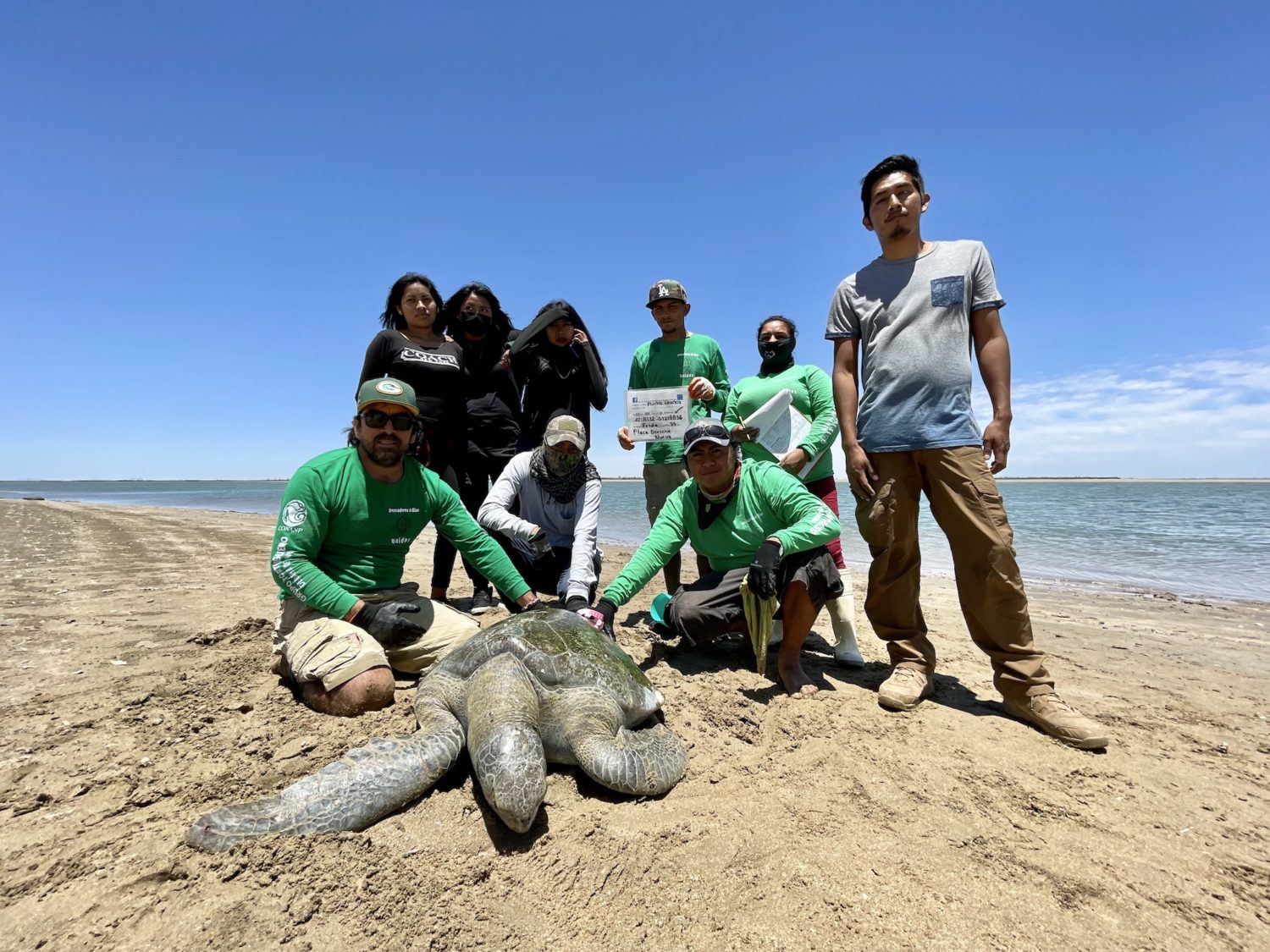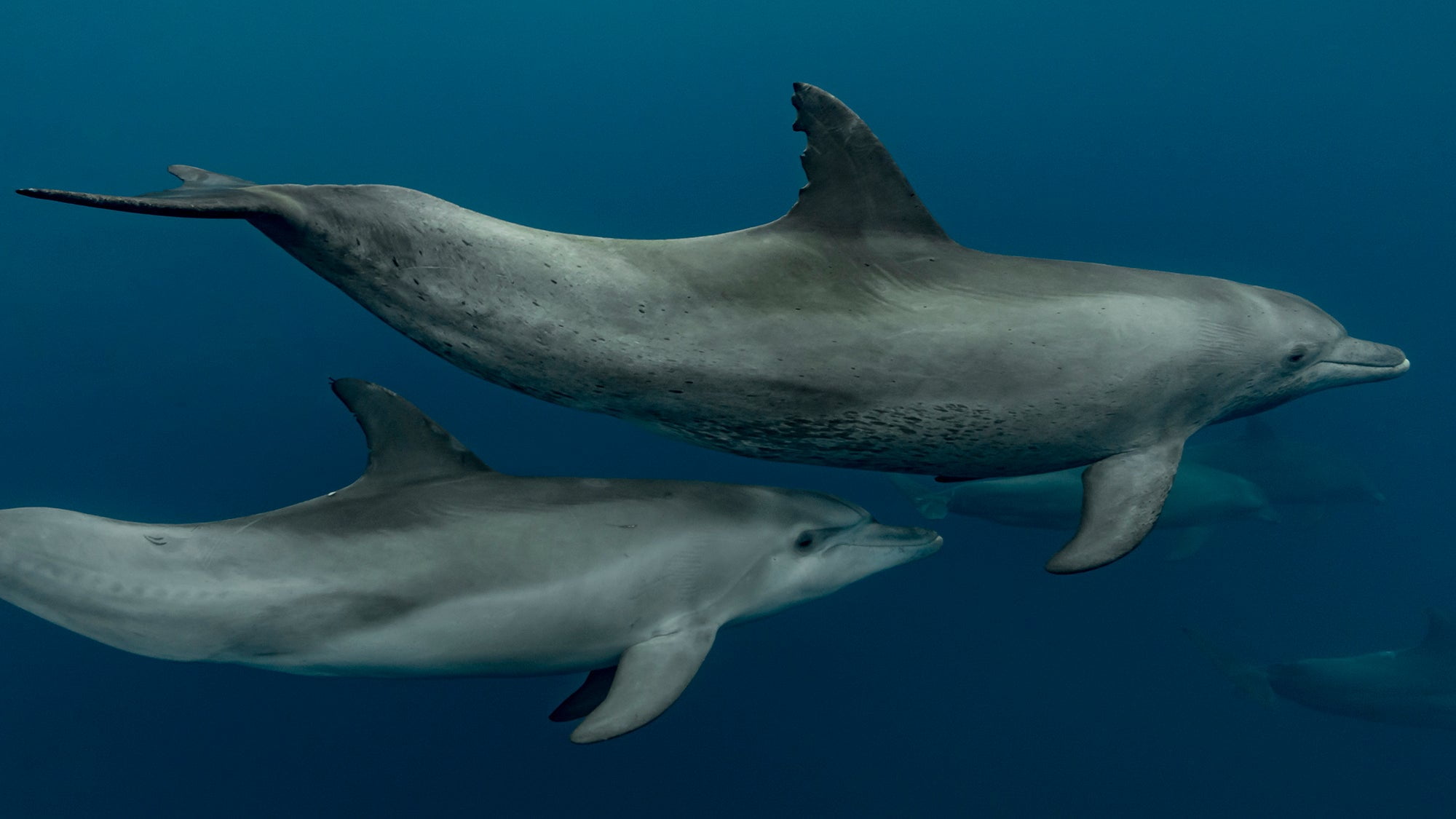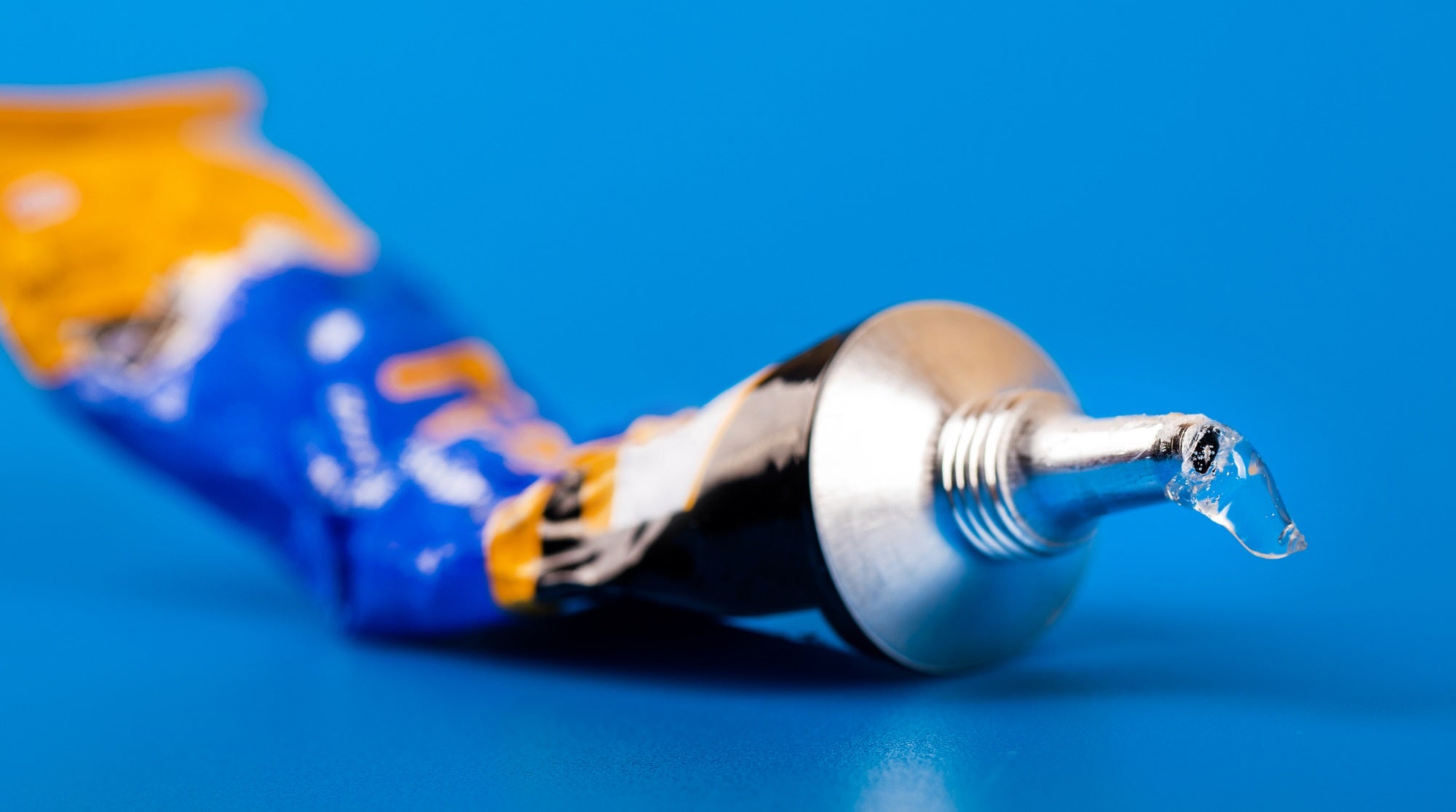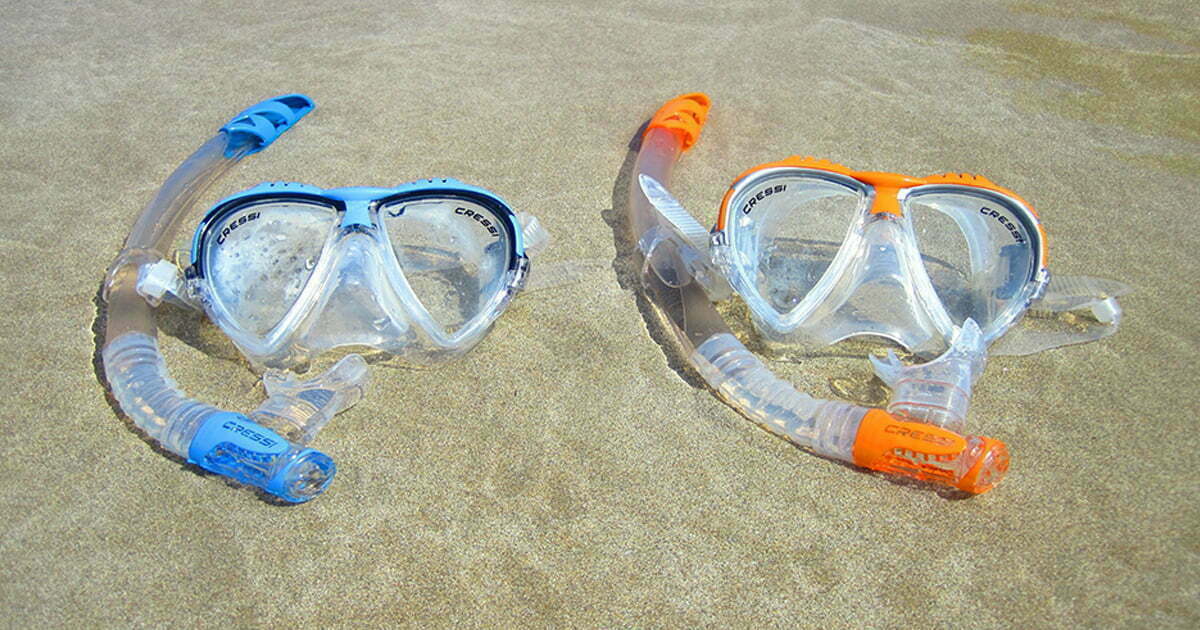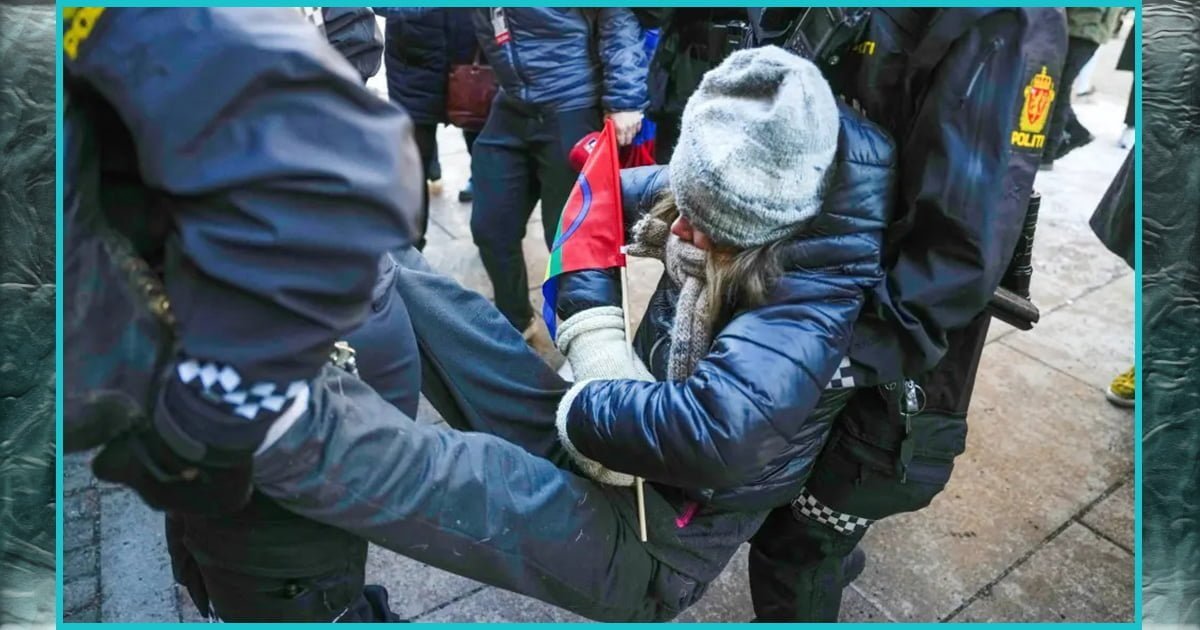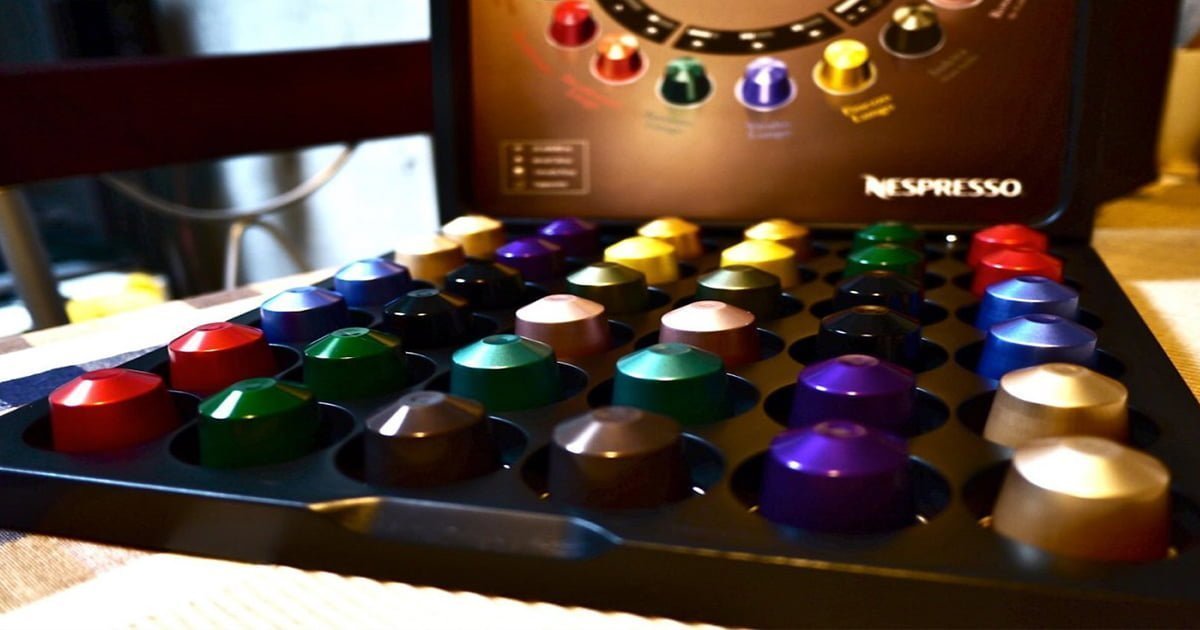Pacific Ocean Cleanup Retrieves 40 Tons of Fishing Nets
SAN FRANCISCO, CALIFORNIA – Environmentalists hauled in 40 tons, or 36 metric tons, of abandoned fishing nets earlier this month in their mission efforts to clean up trash floating in the ocean area commonly referred to as the Great Pacific Garbage Patch.
The mariners used a 140-foot, or 43-meter cargo sailboat that was equipped with a crane. They made the voyage from Hawaii and into the Pacific Ocean’s heart. The mariners were able to retrieve 40 tons of what mostly consisted of plastic fishing nets, their efforts were to get rid of nets in the waters that are known to entangle marine wildlife such as turtles, fish, and whales, and damage to coral reefs.
The mariners volunteered for the non-profit Ocean Voyages Institute based in California and hauled out the neglected nets from a location with swarms of them floating about.
The 25-day sea expedition was in an area where Hawaii and California ocean currents converge, Mary Crowley, founder of the group announced on Friday.
Among this group are dozens of other nonprofits making efforts to clean plastic trash out of the ocean and tackle this issue. These undertakings are known to be time-consuming, expensive, and dangerous.
However, other groups usually focus on beach cleanups, picking up fishing nets, traps, and other gear from shores, and making efforts to reduce plastic containers that are single-use.
“Our success should herald the way for us to do larger clean-ups and to inspire clean-ups all throughout the Pacific Ocean and throughout the world. It’s not something that we need to wait to do,” Mary Crowley stated.
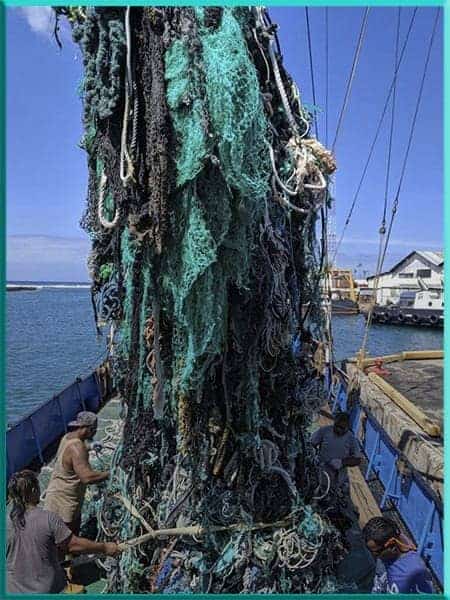
On June 18 the cargo ship made its return to Honolulu, Hawaii and 2 tons of plastic trash were then separated from the rest of the fishing nets haul. This was given as donations to local artists who will be able to turn it into artwork as a way of educating people and making them aware of plastic pollution in the ocean.
As for the remaining haul, it was given to a zero-emissions energy plant that will incinerate the nets and convert them into energy, according to Mary Crowley.
One year ago before the cleanup expedition, this same group based in Sausalito, California had given sailors traveling from California into Hawaii buoyant GPS tracking devices that were as big as bowling balls. The sailors then attached them to nets they discovered during their voyage in a way to track the nets.
The groups encountered nets entangled with bottles, plastic chairs, and other trash. Their efforts cost $300,000. The group is planning to use dozens more of these GPS tracking devices before they set sail on a three-month-long trash cleanup expedition next year, according to Mary Crowley.
The Director of the Trash Free Seas Program at Ocean Conservancy, Nick Mallos, said there are estimates that between 600,000 and 800,000 metric tons of fishing gear have been lost or abandoned in storms every year in the sea.
Experts have revealed that an additional 9 million tons of plastic waste, which includes plastic bags, toys, bottles, and other items, are flowing annually into ocean waters via rivers, creeks, and beaches.
